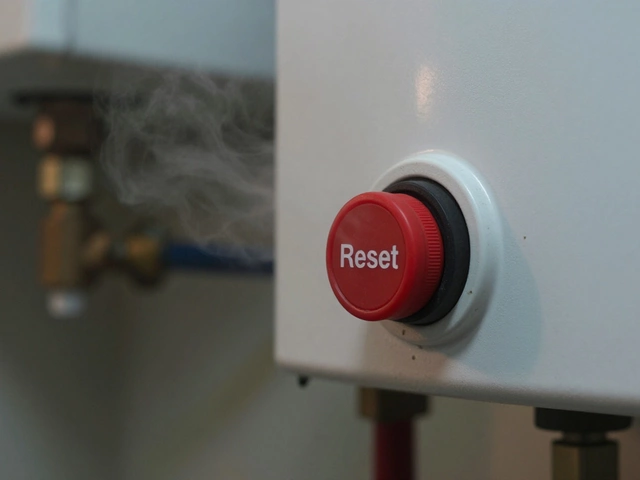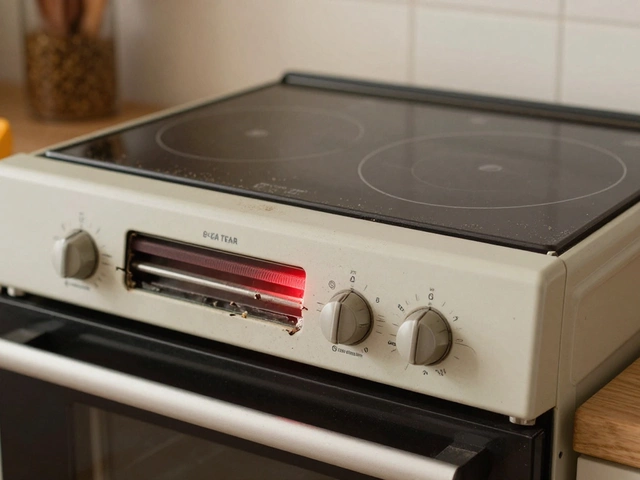Fixing Extractor Fans – Your Go‑to Guide
When working with extractor fans, small mechanical devices that pull moisture, odors and grease out of kitchens and bathrooms. Also known as ventilation fans, they help keep indoor air fresh and prevent mold growth. Extractor fans are essential for a healthy home, but they can get noisy, lose suction, or stop working entirely. Understanding the core parts – the motor, blades, and housing – makes troubleshooting a lot easier.
Who Should Repair and What Matters Most
Most homeowners assume an electrician is the default fix‑it person, but the reality is a bit more nuanced. A qualified electrician, licensed to work on wiring and motor connections can safely address electrical faults, while a ventilation specialist, expert in airflow dynamics and ductwork is better suited for problems like insufficient CFM (cubic feet per minute) or incorrect fan sizing. The relationship is clear: extractor fans require proper electrical safety and accurate airflow calculations. When the CFM rating is too low for a kitchen’s size, the fan will struggle to clear steam, leading to lingering odors. Likewise, a high noise rating, measured in sones, can indicate worn bearings or an unbalanced blade. By matching the right professional to the right symptom, you avoid costly missteps.
Common fixes often start with a simple inspection. First, turn off the power at the circuit breaker – safety first. Then, remove the front grille and give the blades a quick clean; grease buildup is a frequent cause of reduced suction. Next, check the motor’s capacitor; a swollen or leaking capacitor usually results in a humming fan that doesn’t spin. If the fan is noisy, lubricate the bearing or replace it if the sound persists. For airflow issues, verify that the duct length and bends comply with the fan’s CFM specifications – each 90‑degree bend can cut performance by up to 20 percent. And remember, a mismatched fan size (too small for a large kitchen) violates UK building regulations, which require enough ventilation to keep humidity below 60 %.
Having the right tools speeds up every step. A multimeter helps confirm that the motor receives proper voltage, while a screwdriver set with insulated handles protects against accidental shocks. A flexible inspection camera can peek inside ducts without tearing them apart, and a suction gauge lets you measure real‑world CFM to see if the fan meets its rated performance. When you combine these tools with the knowledge of who does what, fixing an extractor fan becomes a straightforward project rather than a daunting mystery.
Below you’ll find a curated collection of articles that dive deeper into each of these topics – from choosing the perfect fan for your space to detailed step‑by‑step repairs for noisy or weak units. Whether you’re a DIY‑enthusiast or you prefer to call in a pro, these guides give you the practical insight you need to get your ventilation back on track.
Wondering if your noisy or dead kitchen extractor fan can be saved? This article breaks down whether it’s worth fixing, which problems are easy to tackle, and when to call in a pro. Get tips straight from the toolbox to spot and solve common extractor fan issues. Discover what repairs you can do yourself—and what’s better left to an expert. Stay ahead by learning how simple checks might save your kitchen from steamy disasters and expensive replacements.
Extractor fans are crucial for keeping indoor air clean and humidity levels in check, but what happens when they stop working? This article explores whether extractor fans can be repaired, offering tips on identifying common issues, useful maintenance practices, and when it's time to call a professional. From diagnosing unusual noises to addressing lack of power, it provides practical advice for tackling fan troubles. Understanding these basic repair steps can save both time and money.



